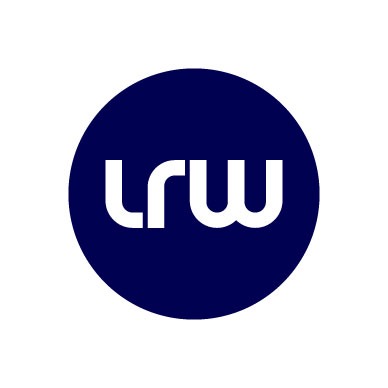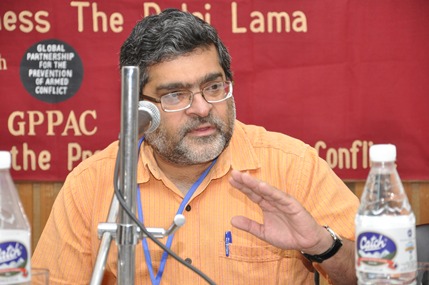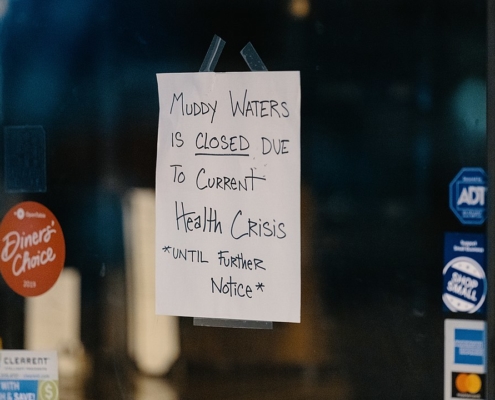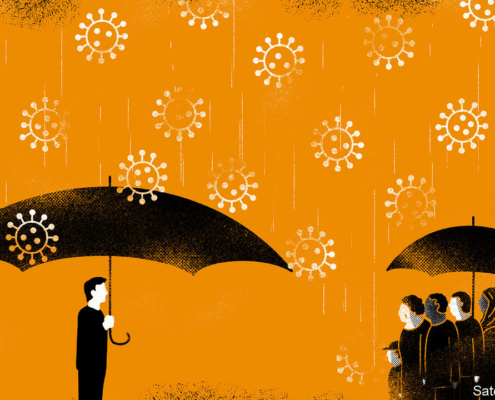Posts

Community Partners in the News: UCLA Alum’s LRW Group Contributes to LA County COVID-19 Study
LRW Group, a local marketing services firm and UCLA Division…

Dr. Lal Continues His Essay Series on the Historic Parallels Between Past Plagues and the Current Pandemic
Professor Vinay Lal, UCLA Professor of History and Asian American…

Pandemic Inequalities: Assessing the Fallout in the Restaurant Industry
By Eli R. Wilson, Assistant Professor of Sociology, University…

LA Social Science Presents “Conversations with Changemakers” Featuring Dr. Daniel Fessler (Video)
LA Social Science interviewed Dr. Daniel Fessler, Anthropologist…

Inverted Relationships: Humans and Dogs in the Times of Coronavirus Anxiety
Professor Vinay Lal, UCLA Professor of History and Asian…

The Coronavirus and the Humbling of America
Professor Vinay Lal, UCLA Professor of History and Asian…

Open Letter on Inequities and the COVID-19 Response
Professors Chandra L. Ford (UCLA), Bita Amani (Charles Drew…

The Singular and Sinister Exceptionality of the Coronavirus (COVID-19)
Professor Vinay Lal, UCLA Professor of History and Asian American…

UCLA Researchers Use Big Data Expertise to Create a News Media Resource on the COVID-19 Crisis
In the Department of Communication at UCLA, the Co-Mind Lab has…

A Global Lifeboat: Evolution and Kindness in the Time of Coronavirus (Audio)
Dr. Daniel Fessler, Anthropologist and Director of the UCLA…

